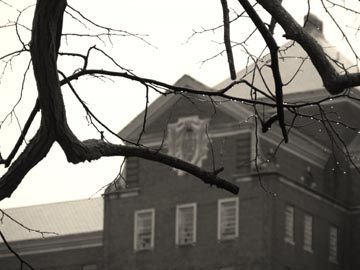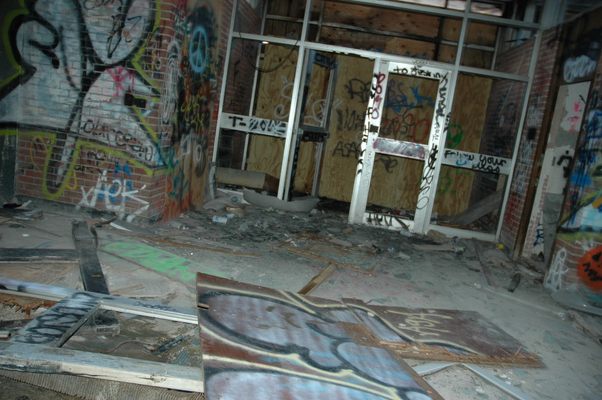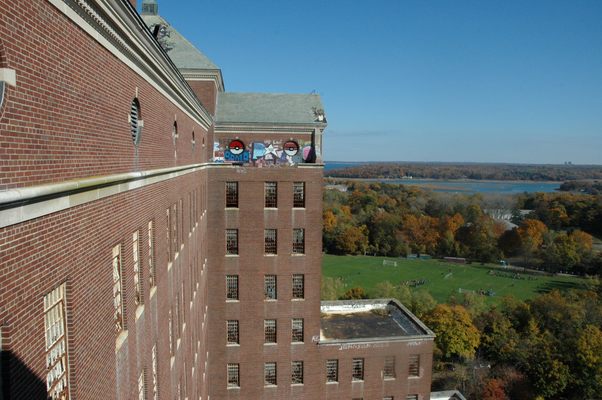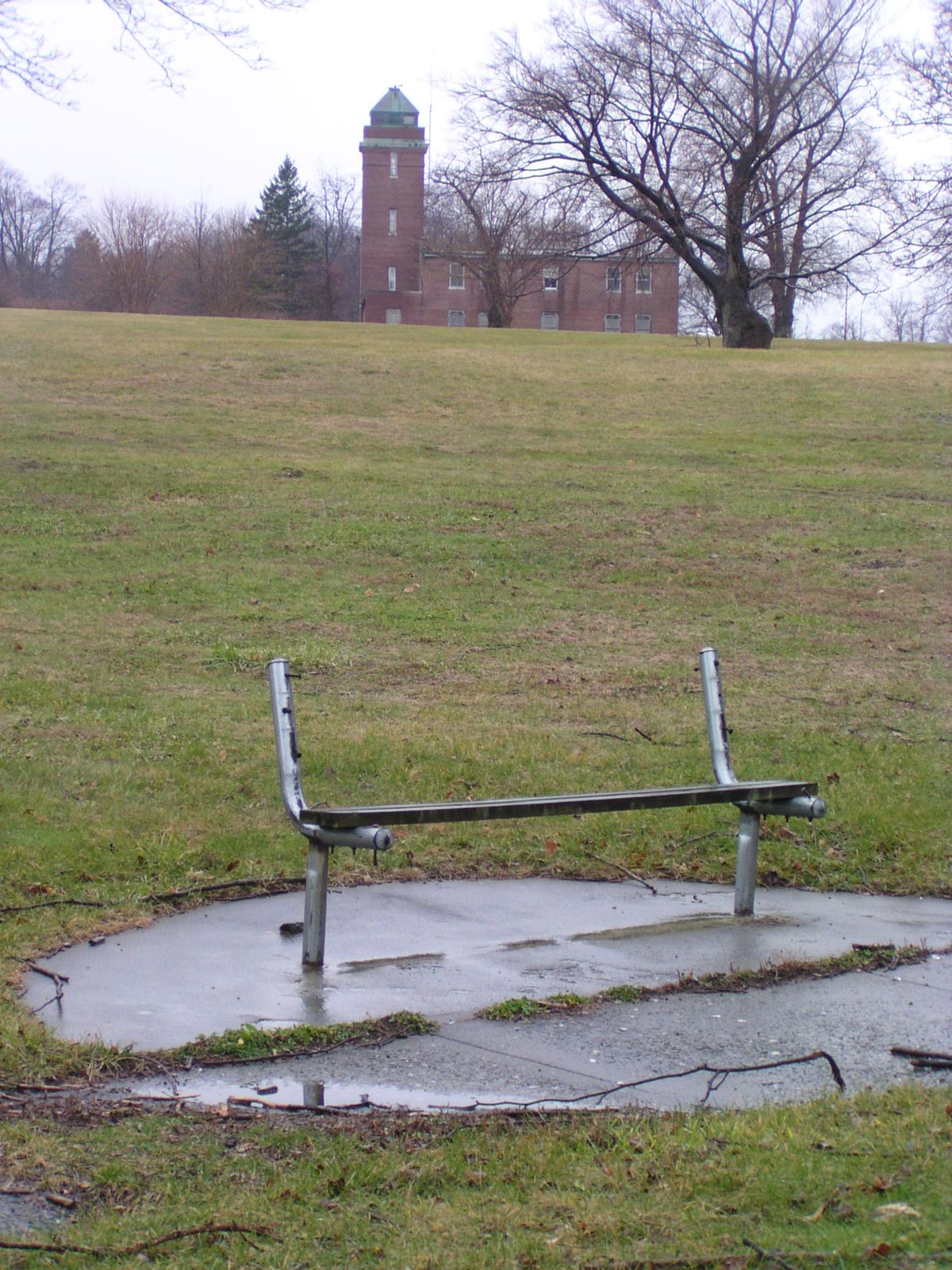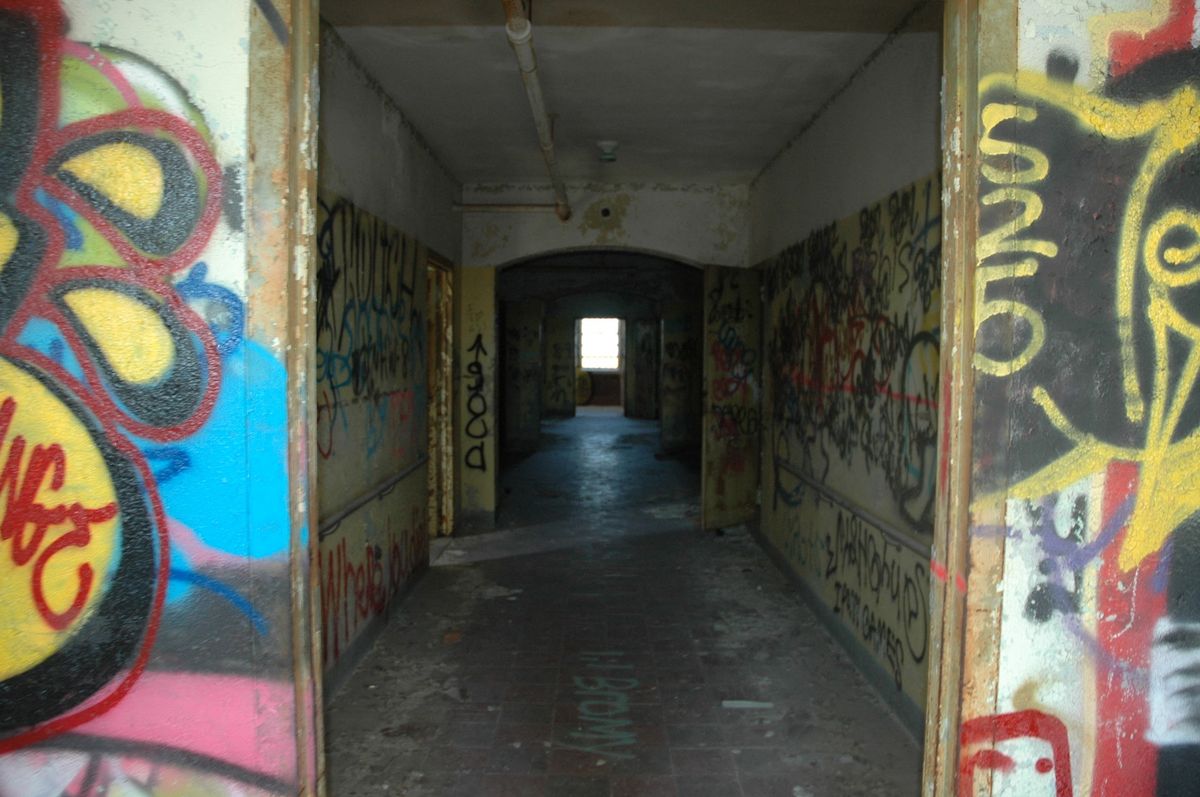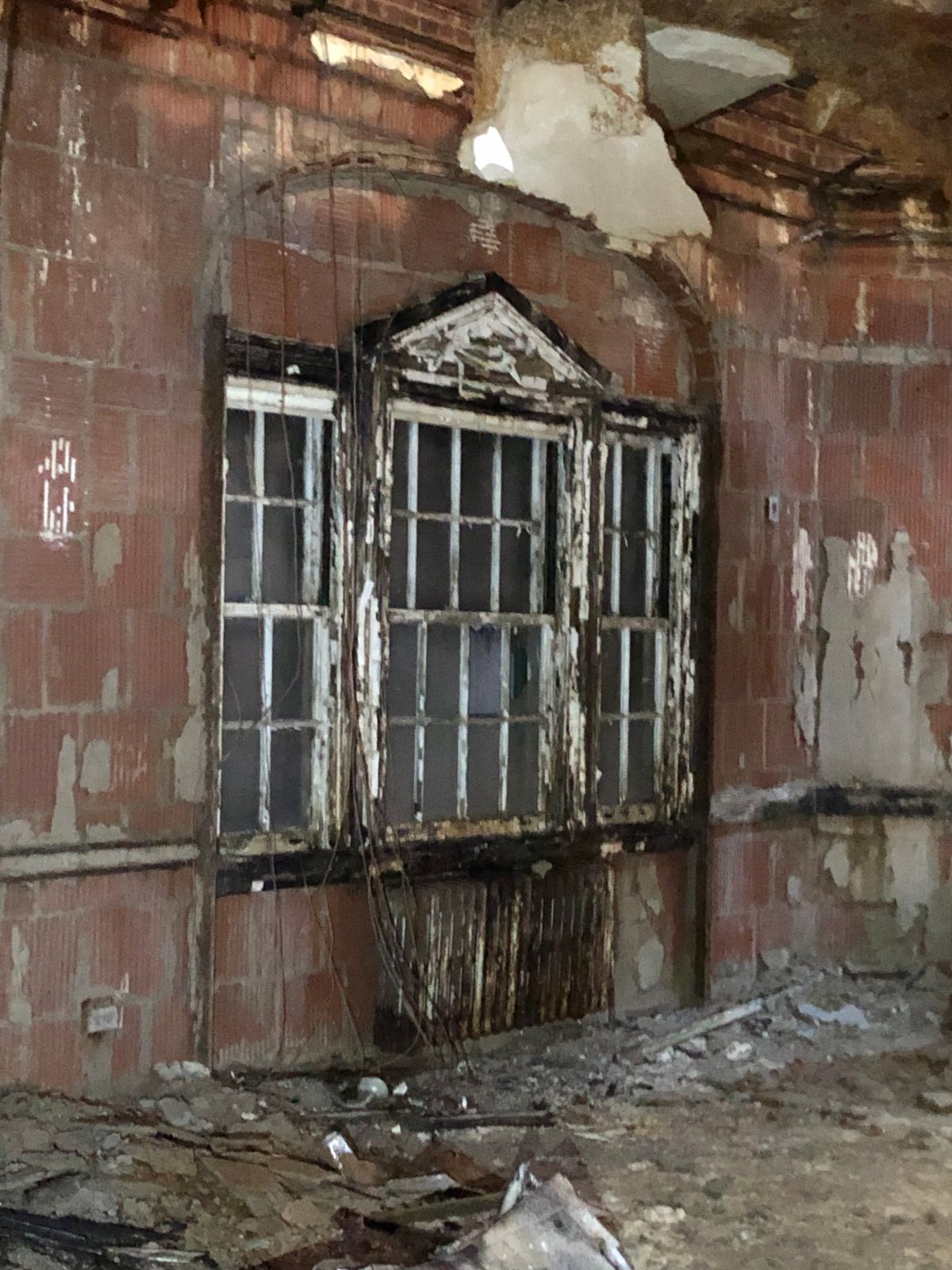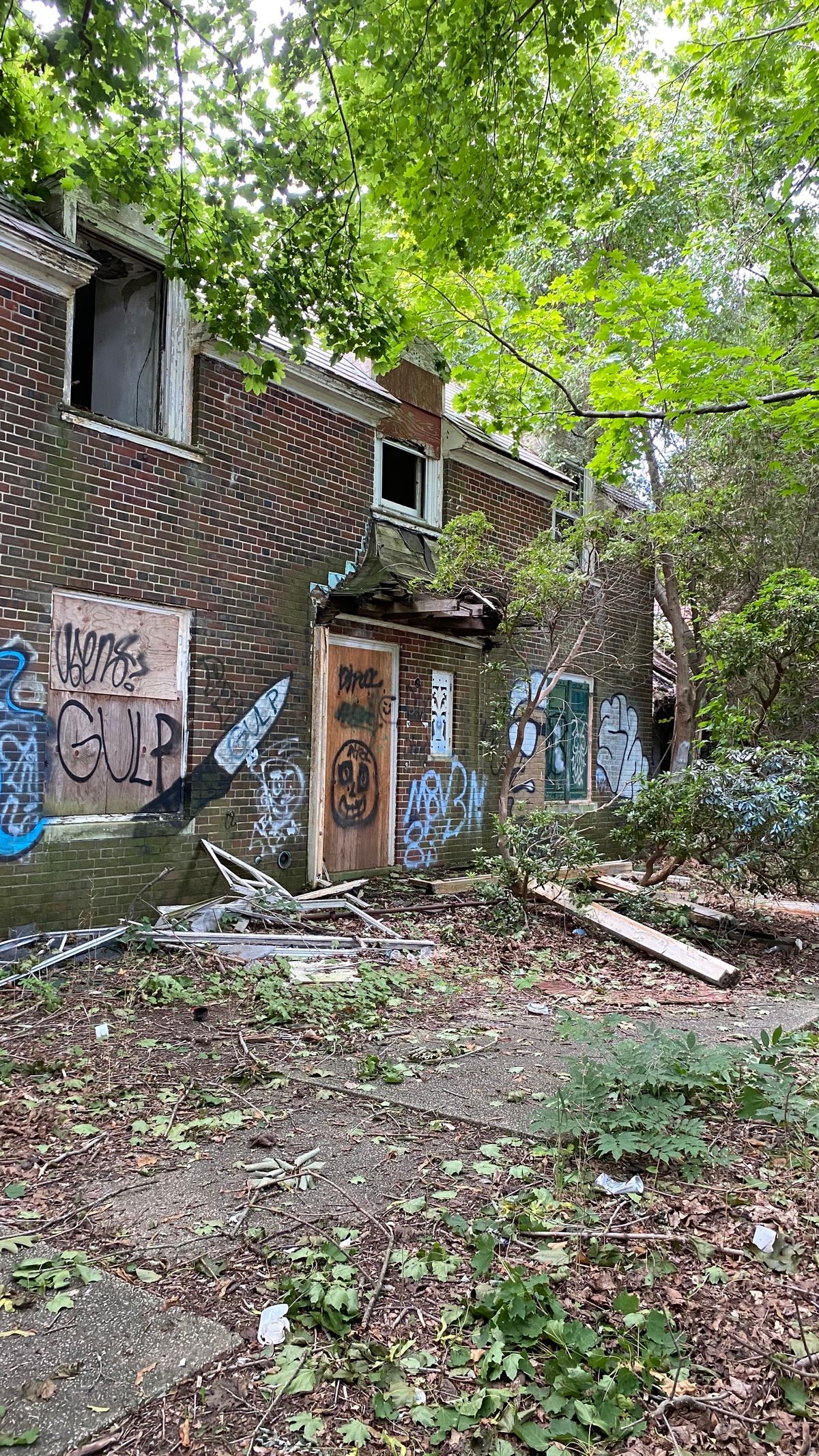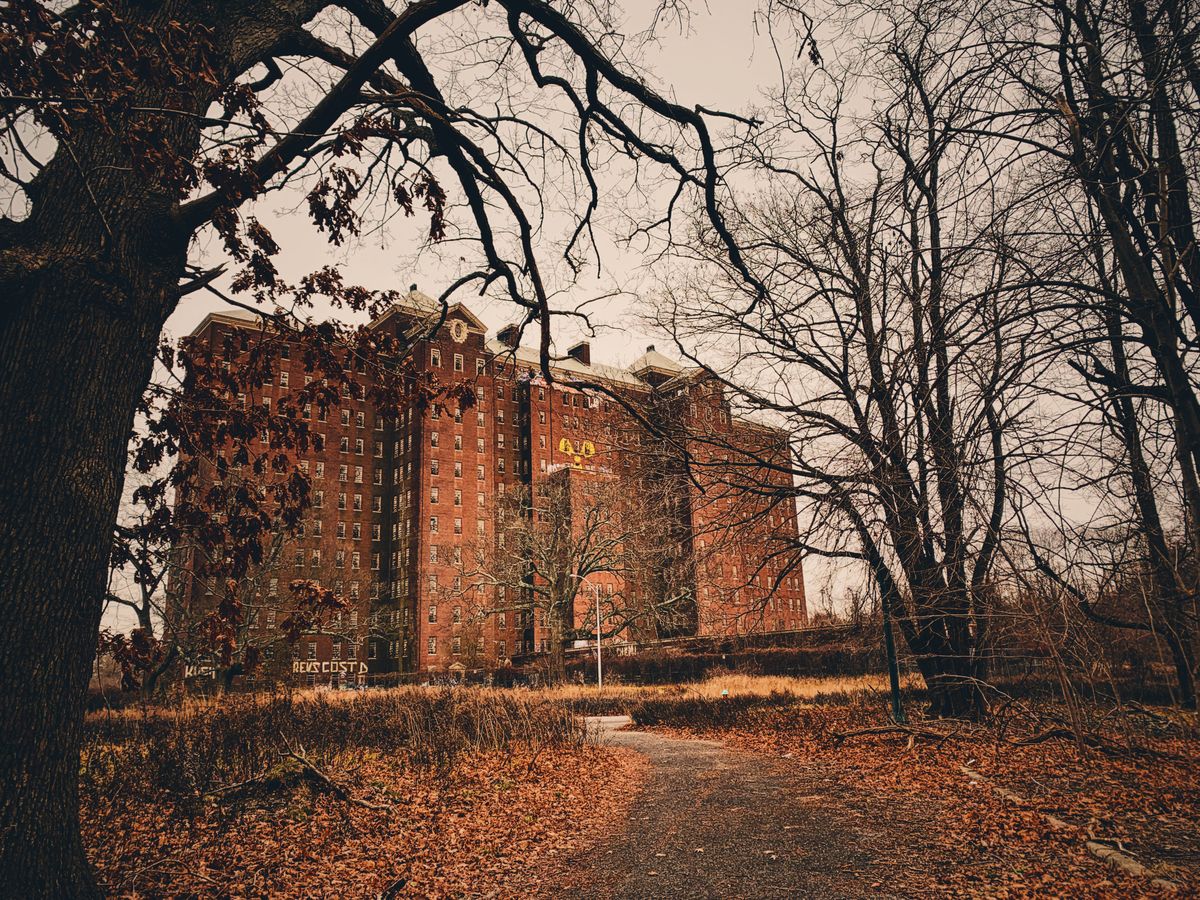About
Abandoned since 1996, this former psychiatric institution stands as a relic of a partially forgotten era. Out of the more than 150 buildings that have stood on its grounds, several still stand and capture the imagination of many local enthusiasts.
The entire site has been falling into disrepair since its closure, and it now contains a unique and poignant beauty. Locals speak of rumored hauntings, and one can almost believe them when standing in front of the massive Building 93 on a chilly and cloudy winter day.
One of three state hospitals that were built on Long Island in the 19th century in an effort to combat overcrowding at surrounding established mental institutions, the Kings Park Lunatic Asylum opened its doors in 1885 to an initial 55 patients. However, due to "complaints of patronage and waste of resources" arising from both the asylum's staff and general public, the state of New York took over the asylum only ten years later, and the name was changed to Kings Park State Hospital. The whole site is now known colloquially as the Kings Park Psychiatric Center, or "KPPC" for short.
Built on a sprawling 800 acres, KPPC quickly grew into a self-sufficient farming operation, complete with its own railroad spurs for the delivery of coal and supplies. By 1900, KPPC housed 2,697 patients and 454 staff members; this meant that the population of KPPC at the time was greater than the entire population of the neighboring town of Smithtown. It eventually grew to such a massive size, with patient count peaking in 1954 with 9,300 patients, that it began to represent many of the problems that its creation was supposed to solve.
Eventually, patient population began to decline again, and by 1990 KPPC was operating at a mere fraction of its full capabilities. In view of this, the New York State Department of Mental Health decided to close both KPPC and the Central Islip Psychiatric Center. After 111 years of operation the Kings Park Psychiatric Center shut its doors for good. The three active group homes that are currently located on the old KPPC grounds are run by Pilgrim Psychiatric Center. That institution, which was formerly the Pilgrim State Hospital, is the last of the original 3 mental institutions built on Long Island in the 1900s to remain open and operational (Central Islip was the third institution).
Full of looming buildings and stark architecture, KPPC today stands at a contrast to the beauty of the environment surrounding it. The waterside portion of the former KPPC is now a protected part of Nissequogue River State Park, and the entire site is located only minutes from the local fishing and boating spot at the end of Old Dock Road. It's possible to see the nearby ocean and Nissequogue River from several locations within former KPPC grounds.
It is illegal to enter any of the abandoned buildings on the former KPPC lands, and the sites are patrolled by local police forces. However, while the buildings themselves might be forbidden and condemned, it is possible to both drive, walk, or bike through this site, as roads linking the surrounding communities pass through the site, and there is an accessible hiking/biking trail that goes through the heart of the psych center and follows the general path of the old railroad spur. There was even a small soccer field located right in the shadow of KPPC's most imposing building, Building 93. However, as of January 2009, pets are "no longer allowed in the former grounds of KPPC".
On August 13th, 2012, demolition began on two of the abandoned buildings: Building 123 (Group 2), and Cafe 56. The destruction of the rest of the buildings has been slow, but they are mostly gone now.
Related Tags
Know Before You Go
From 25A in Kings Park, take Old Dock Road NE towards the sound; turn right on St. Johnland Road, and then right again onto Kings Park Blvd. Be sure to follow the loop on Kings Park Blvd. in order to follow it back to the Nissequoge State Park side (access to that side is sometimes closed or restricted).
Community Contributors
Added By
Published
March 6, 2013














